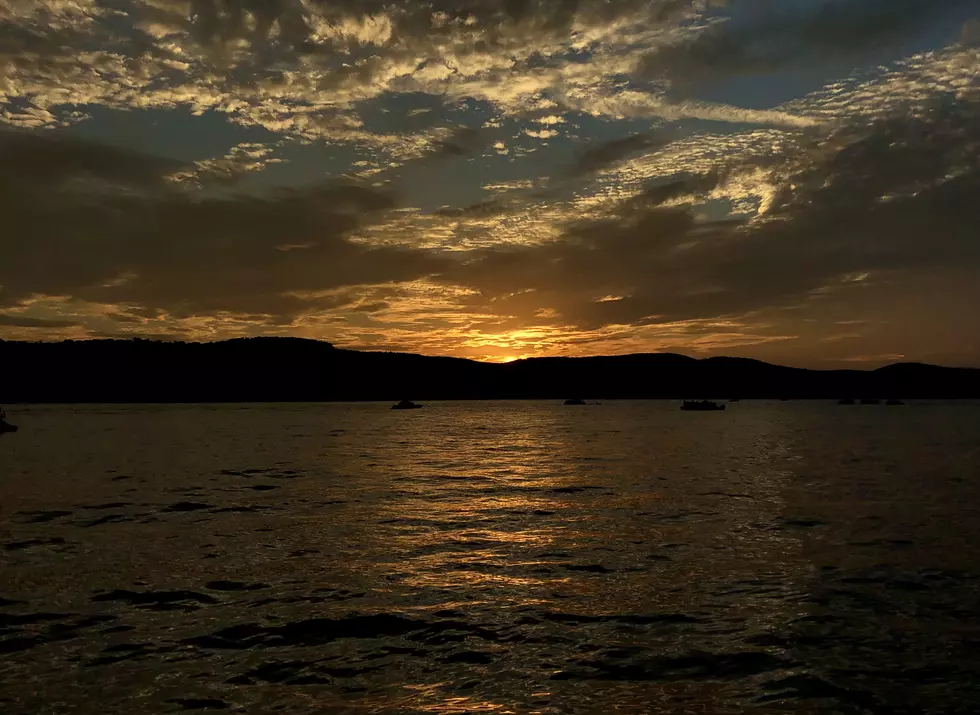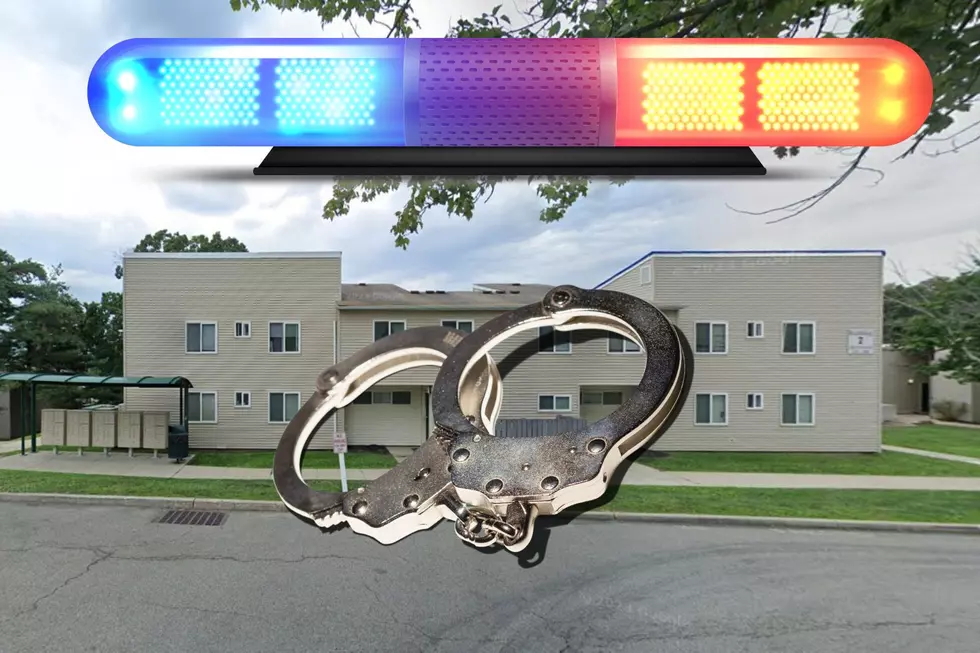
Perseid Meteor Shower Peaks Over Danbury This Weekend — How to Watch
Look up -- Is it a bird? is it a plane? Nope it's the Perseid meteor shower, and it's often the stuff of legend.
Although clouds may dim the view of this amazing show in the sky, it will most likely be visible to the naked eye.
The sight can be awesome, but we don't always get the chance to check it out personally. If you'd like to try, here's the scoop. You might just catch a falling star this weekend!
NASA says this weekend's light show is expected to have more falling stars per hour than average. What's the best way to watch? Here's what their website has to say:
The best way to see the Perseids is to go outside between midnight and dawn on the morning of Aug. 12. Allow about 45 minutes for your eyes to adjust to the dark. Lie on your back and look straight up. Increased activity may also be seen on Aug. 12-13.
What if there are clouds? What if there is too much light pollution where you live? What if you just don't want to be outside late at night? There is a fix for that.
A live broadcast of the Perseid meteor shower will be available at ustream.com directly from NASA from Aug. 11 overnight into the morning of Aug.12 and then again Aug.12 staring at 10 p.m. into Aug.13
The Perseid meteor shower happens every July and August when Earth passes through debris left behind by the comet Swift-Tuttle.
Certainly in this part of the country, even if it's a fantastic night weather wise, we still experience a fair amount of light pollution leading to few true "pitch black" nights. I found this website called darksitefinder.com that enables you to the spot for the darkest sky possible in the vicinity of where you live. Pretty cool!
And if you just can't get enough astronomical goodness in your life with the meteor shower, we've got a very rare eclipse on the way. Check it out:
More From The Wolf









